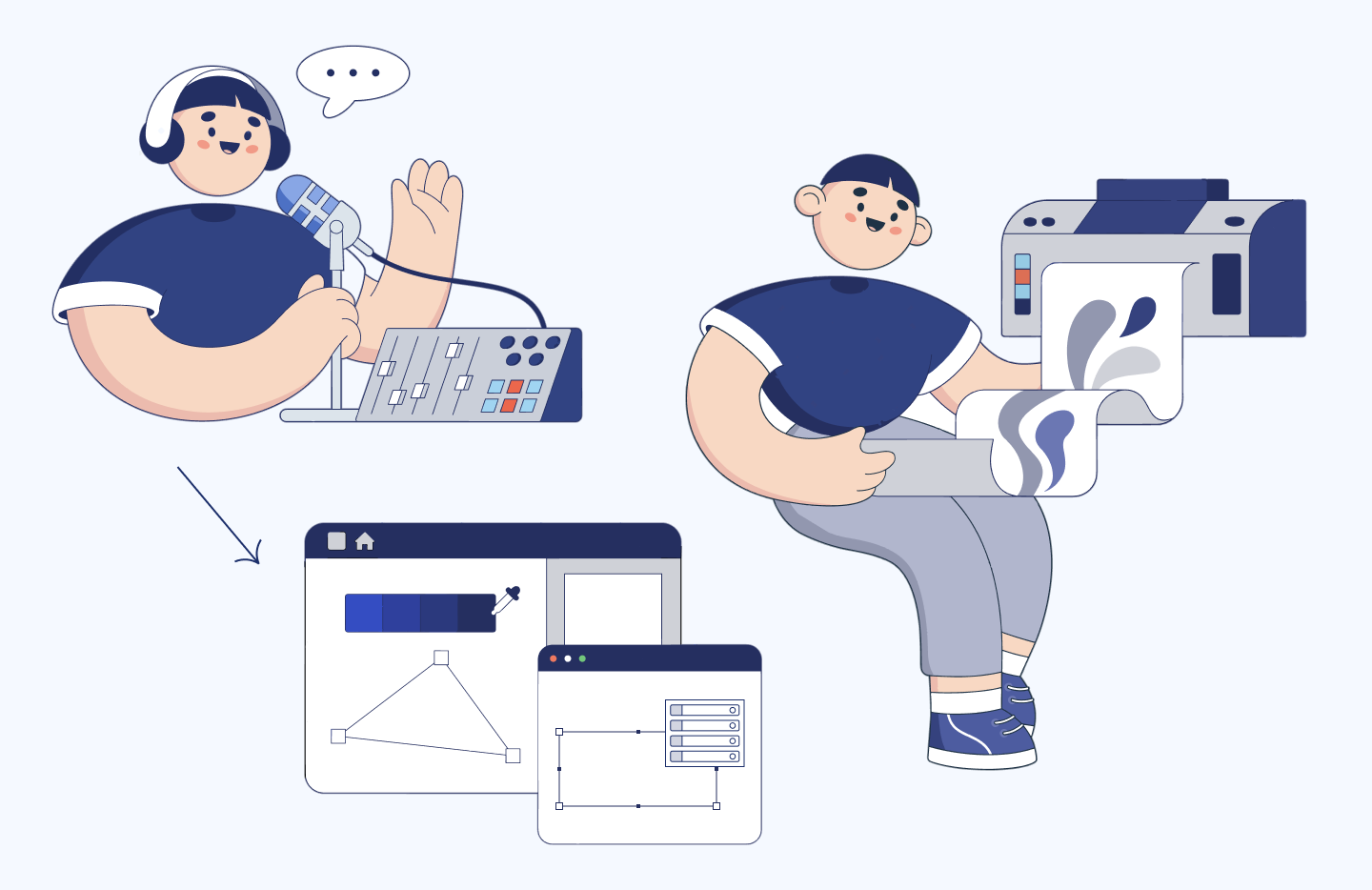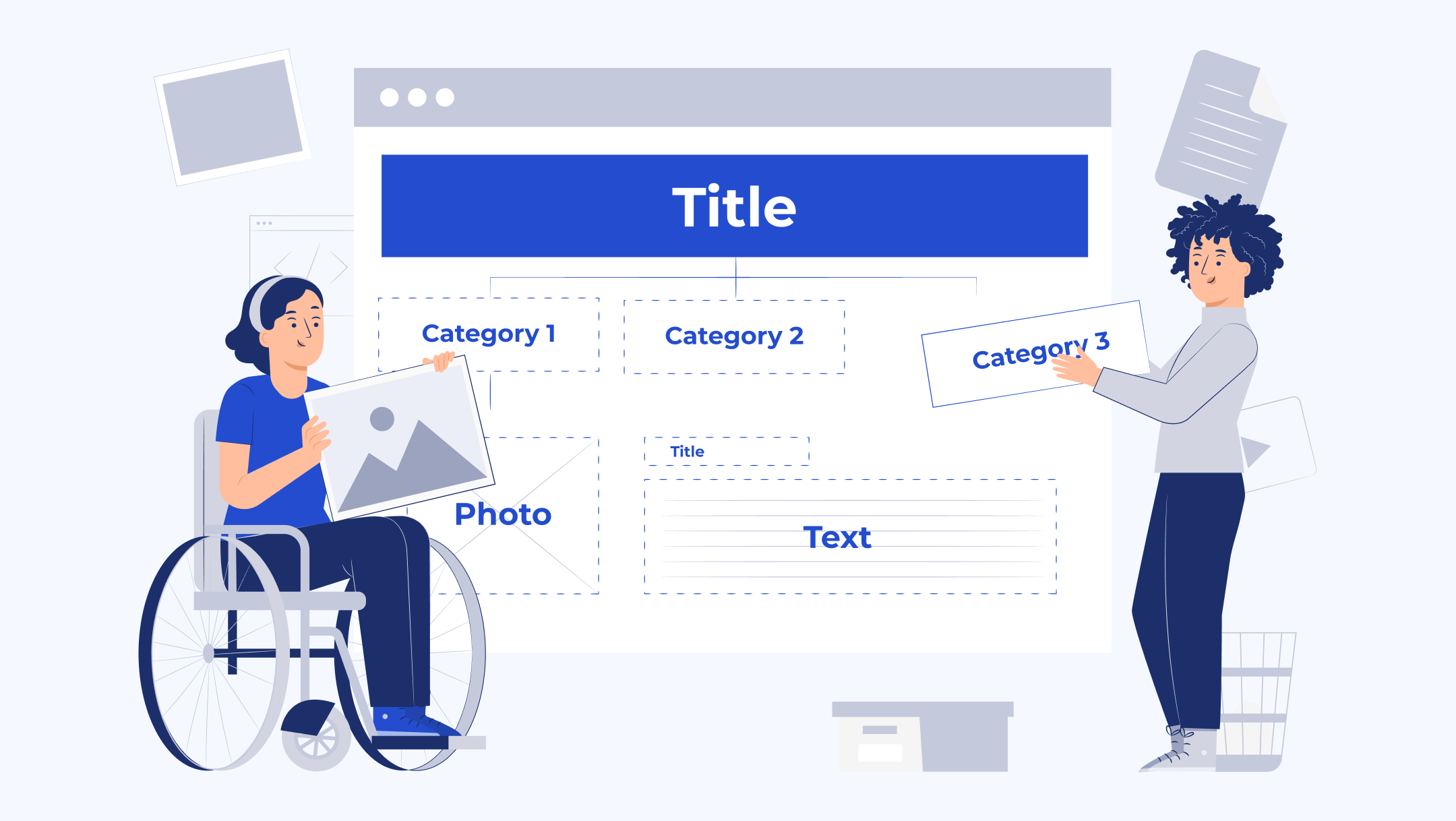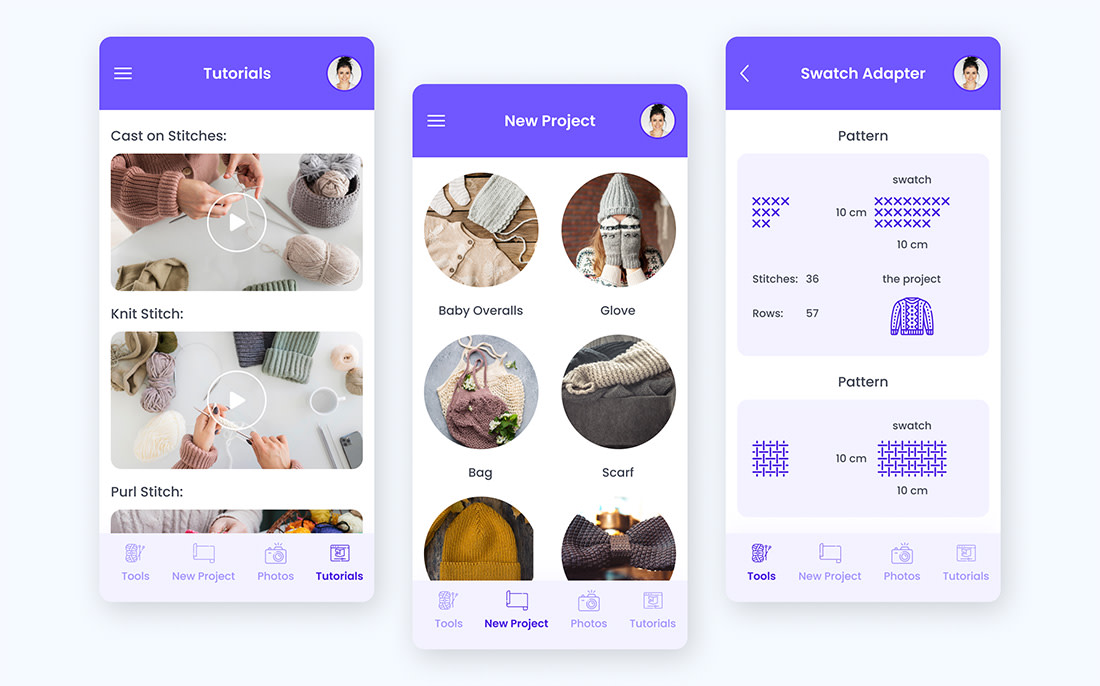8 Best Micro SaaS Ideas to Select in 2024
In recent years, there has been a significant increase in the popularity of micro SaaS. This is due to the growing need for adaptable software solutions that can meet specific business requirements.
Traditional SaaS offerings typically follow a one-size-fits-all approach, which can result in unnecessary complexities and features that are irrelevant to many organizations. Unlike these generic SaaS solutions, micro SaaS focuses on businesses' needs by delivering precise applications that can seamlessly integrate into existing technology infrastructures.
Micro SaaS follows a philosophy of specialization, concentrating on specific business functions or industries. As a result, it offers an enhanced user experience (UX), quicker implementation timelines, and better return on investment (ROI).
Are you looking to develop micro SaaS but not sure where to start? If so, this post will share the best SaaS ideas to watch out for in 2024.
Micro SaaS idea 1: Automating social media posts
Businesses understand the importance of having a presence on social networks, so they are actively working on their SMM strategy. Micro SaaS for post automation provides a handy solution for managing SMM activities across social networks. Here are the key features it could include:
Multi-platform support: the ability to connect and post to various social media platforms to ensure a broad reach.
Content calendar: a visual calendar that allows users to plan and view their scheduled posts over time.
Post preview: a preview feature allowing users to see how their posts appear on each social media platform before scheduling.
Hashtag suggestions: integration with a hashtag suggestion tool to help users optimize their posts for discoverability.
Automated captioning: automated generation of subtitles for videos or images without manual input.
Post-performance metrics: analytics providing insights into likes, shares, comments, and overall engagement.

Micro SaaS idea 2: Publishing and managing daily menus for restaurants
Restaurants and cafes publish their menus on different platforms, such as their own website, social media, online ordering platforms, Google My Business, etc. A user-friendly platform can streamline menu-related tasks and reduce the workload on administrative staff. Here's a breakdown of key features it could include:
Daily scheduler: feature to plan and set daily menus of restaurants in advance, providing flexibility for weekly or seasonal changes.
Real-time updates: the ability to make real-time updates to the menu; it is useful for situations where certain dishes run out, or new items become available during the day.
Specials and promotions: feature to highlight daily specials, promotions, or discounts to attract customers and boost sales.
Transform your micro SaaS idea into a thriving business
Customer interaction: options for customers to leave reviews, ratings, or comments on specific dishes.
Analytics dashboard: insights into popular dishes, customer preferences, and overall menu performance.
Compliance with dietary preferences: features that enable restaurants to indicate dietary information (e.g., vegetarian, gluten-free) for each menu item.

Micro SaaS idea 3: Navigating local taxes
Every business has to deal with the challenge of complying with local laws and regulations. Creating a micro SaaS that works as a guide to taxes and laws of a specific region can be advantageous for various business sectors. Here are some of the features it can include:
Tax calendar: a visual calendar outlining important tax deadlines.
Localized tax guide: a guide explaining local tax laws, regulations, and any recent changes.
Document repository: secure storage for tax-related documents, such as receipts, invoices, and financial statements.
Expense tracking: a tool to record and categorize business expenses.
Automated reminders: notifications for upcoming tax deadlines.
Tax deduction checklist: identifying potential tax deductions applicable to the specific country.
Localized forms and templates: pre-filled tax forms and templates based on the country's requirements.
Real-time tax calculator: tools that calculate estimated tax liabilities in real-time, considering income, expenses, and applicable tax rates for the specific country.

Micro SaaS idea 4: Managing follow-up emails
Email marketing is an integral part of marketing campaigns for businesses of all types. Automatic follow-ups increase the likelihood of receiving qualified leads and turning them into loyal customers. Here are ideas of features for your follow-up emails micro SaaS.
Email sequences: creating and scheduling personalized email sequences to nurture leads, follow up on inquiries, or engage with clients.
Automated follow-ups: setting triggers for automated follow-ups based on recipient actions or predefined timelines.
Response tracking: monitoring and analyzing recipient responses to understand engagement levels and adjust follow-up strategies accordingly.
Customizable templates: designing and saving customizable email templates, saving time on repetitive tasks.
Integration with CRM: synchronizing follow-up activities with overall customer interactions.
Analytics and reporting: key metrics such as open rates, click-through rates, and conversion rates.
A/B testing: testing different elements of follow-up emails, such as subject lines or content, to identify the most effective approaches.
Smart scheduling: utilizing algorithms to suggest optimal times for follow-up emails based on recipient behavior and historical data.

Micro SaaS idea 5: Content conversion
Many users require converting content from one format to another. This is useful for SaaS localization and globalization purposes and other business and non-business activities.
The idea of micro SaaS for content conversion is to provide a simple and efficient way of converting text, images, or documents to the required format. The following are the features that you can include in your content-transforming SaaS tool:
Text-to-speech conversion: converting written text into audio files.
Image-to-text extraction: extracting text from images using optical character recognition (OCR) technology.
Document to PDF conversion: converting various document formats (Word, Excel, PowerPoint) into PDF files.
Language translation: integrating language translation capabilities to convert content from one language to another.
Audio-to-text transcription: transcribing spoken audio content into text.
Video to GIF conversion: converting video clips into GIFs.
PDF to image conversion: transforming PDF pages into image files, useful for creating visual content from existing documents.
Format conversion for eBooks: converting content into popular eBook formats (ePub, MOBI).
Bulk conversion: enabling users to perform batch or bulk conversions, saving time when processing multiple pieces of content simultaneously.

Get a tailored micro SaaS development plan in just one week!
Micro SaaS idea 6: Providing website accessibility
Generic web development platforms might not fully address the website accessibility requirements. Micro SaaS solutions can provide specific features to address the needs of people with disabilities. They can be as follows:
Accessibility checker: identifying potential issues of website content and offering suggestions to improve it based on WCAG (Web Content Accessibility Guidelines) standards.
Screen reader compatibility: a simulation feature to assess how the website content interacts with popular screen readers, ensuring optimal user experience for visually impaired users.
Contrast checker: evaluating color contrast ratios across the website to ensure readability for individuals with visual impairments.
Alt text generator: generating descriptive alternative text for images.
Keyboard navigation optimization: evaluating and enhancing keyboard navigation features, allowing users to navigate the website without relying on a mouse.
Font customization: options for adjusting font styles, sizes, and spacing to accommodate users with visual impairments or reading difficulties.
Text-to-speech converter: a tool that converts website text into spoken words, allowing users to listen to the content.
Accessibility report and analytics: reports and analytics on the website's accessibility status.

Micro SaaS idea 7: Add-ons for popular platforms
Such add-ons or plugins can offer features that aren't offered natively by generic SaaS solutions. Here are some popular platforms for which you can develop micro SaaS add-ons, along with potential features:
WordPress: custom widgets, SEO tools, e-commerce integrations, social media sharing, security enhancements, page builders, and analytics plugins.
Shopify: custom themes, inventory management tools, shipping solutions, marketing automation, and customer loyalty programs.
Magento: automatic listing to other e-commerce platforms, checkout optimization, customer segmentation, and integrations with ERP.
Chrome browser: productivity tools, ad blockers, password managers, security plugins, and note-taking extensions.
Salesforce: custom dashboards, integration with third-party tools, analytics extensions, and industry-specific add-ons.
Jira (Atlassian): time tracking, reporting and analytics, and integrations with development tools.
Microsoft Office (Excel, Word, PowerPoint): data visualization tools, templates, collaboration add-ons, grammar checkers, and integrations with external data sources.
Slack: custom emojis, project management tools, integrations with task management platforms, and polling.

Micro SaaS idea 8: Solutions for niche markets or hobbies
Developing micro SaaS solutions for niche markets or hobbies requires identifying specific needs within those communities. Here are some potential micro SaaS ideas, along with key features:
Gardening planner: plant database, seasonal planting calendar, garden layout planning, pest and disease tracking, and weather integration.
Book club management: book recommendation engine, meeting scheduling, discussion forums, member profiles, and book rating system.
Language learning for specific languages: interactive lessons, pronunciation practice, cultural insights, progress tracking, and real-time language exchange.
Pet care management: vaccination schedules, vet appointment tracking, nutrition plans, pet profiles, and community support for pet owners.
Board game organizer: inventory management of board games, game recommendation engine, event planning, and user reviews.
Custom knitting or crochet patterns: pattern creation tools, stitch libraries, project tracking, yarn inventory, and a community for sharing finished projects.
Photography portfolio builder: drag-and-drop portfolio builder, watermarking tools, client galleries, and integration with social media platforms.

Conclusion
Micro SaaS is a strategic response to the limitations of traditional SaaS offerings. As industries diversify, the demand for specialized solutions increases, making micro SaaS development a wise business decision.
Choosing the right niche for micro SaaS development is crucial. By partnering with an experienced SaaS development company, you can count on practical business advice and state-of-the-art technological implementation.
At Erbis, we have 11 years of experience in successful SaaS development for both broad audiences and niche markets. We invite you to share your SaaS business ideas with us and discuss mutually beneficial cooperation.
FAQ
Micro SaaS refers to small, specialized software-as-a-service solutions that cater to niche markets or address specific business needs. These compact applications offer targeted functionalities, providing focused and customizable solutions compared to broader SaaS offerings.
Building a Micro SaaS involves identifying a niche market or specific business need, developing a focused solution with essential features, ensuring seamless integration into existing technology stacks, and adopting an iterative approach to refine the product based on user feedback. It's crucial to prioritize simplicity and efficiency in order to meet the precise requirements of the chosen niche.
To discover micro SaaS ideas for business, analyze niche markets, identify specific pain points, and assess areas where targeted solutions can provide value. Engage with potential users, stay informed about industry trends, and explore underserved segments to uncover unique business opportunities.
The development timeline for a micro SaaS can vary based on SaaS complexity, features, and team efficiency. Generally, it may take a few weeks to a few months to create the end product.
Yes, a team of two can create a micro SaaS by leveraging their skills in development, design, and marketing. The key is to focus on a niche, streamline features, and prioritize user needs for efficient collaboration. At Erbis, we have special offers of two developers for a fixed price per month. You can check the details by contacting our consultants.













